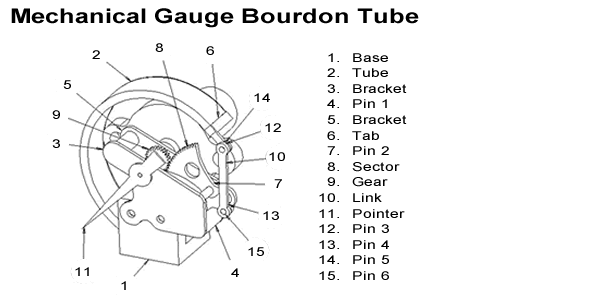Ever since I've broken in the cam on my new motor the fuel pressure has always read about 1-3 PSI cold or hot, and sometimes it doesn't even read at all. But it occasionally reads about 8. This is an edlelbrock mechanical fuel pump on my 360 btw. At first I figured the gauge was the problem considering I had good fuel pressure when I first started the engine. I also find it odd because the engine runs perfectly, its never stalled, hesitated or surged, starts easily, even after sitting, so there are no symptoms that would indicate low fuel pressure. The fuel pressure gauge is after the pump and filter, the filter is in a aluminum case so I can't see if its clogged or not.
Is it possible that there is some crud that is restricting flow to the sender in the fuel tank? I never fully cleaned the tank, I just flushed it out. What are the odds that I either installed the gauge wrong or I had really bad luck and found another inaccurate gauge? Or is it somehow running good with low pressure?
Is it possible that there is some crud that is restricting flow to the sender in the fuel tank? I never fully cleaned the tank, I just flushed it out. What are the odds that I either installed the gauge wrong or I had really bad luck and found another inaccurate gauge? Or is it somehow running good with low pressure?

















